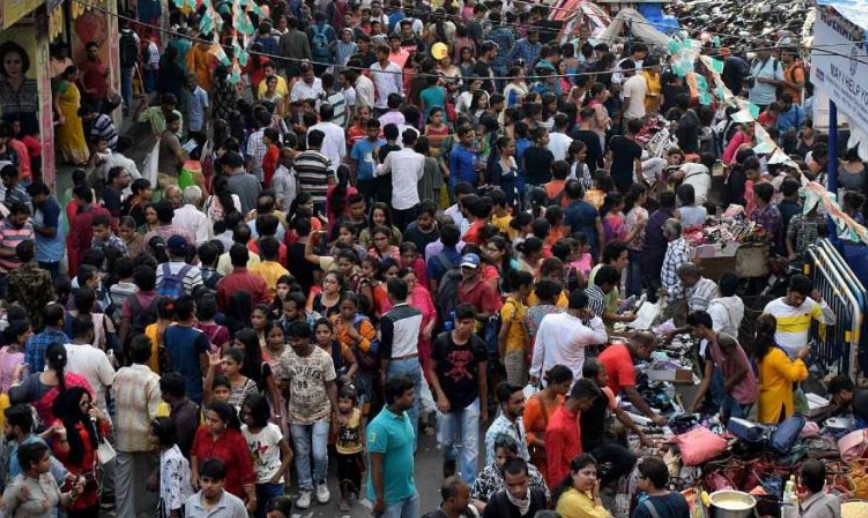No products in the cart.
Muslims in India have the highest fertility rate, produce more kids than all other religious groups (major): Pew Report
Sterilization is a surgery to make a person unable to produce offspring. It has been learnt that this is being carried out in China and the world needs to see what China is doing to control the Muslim population. The local Muslim community which love there claim that China is forcefully doing sterilization of Muslims at camps in the hope that they won’t reproduce again.
There have been several reports and incidents of Muslims being tortured and brutally beaten in China. However, these barbaric activities came to light soon after UN experts and activists claimed that ‘widespread human rights abuse against Muslims’ is taking place in the western province of Xinjiang.
On the other side of the coin, a study says that the Indian Muslim population grew faster due to fertility differences. A report by US-based Pew Research Center that is tracking religious change in India since Partition highlighted that migration and conversion made less of a difference than fertility.

The report also states that every religious group in India “has seen its fertility fall, including the majority Hindu population and Muslim, Christian, Sikh, Buddhist and Jain minority groups”
While Muslims have the highest fertility rate among India’s major religious groups, their total fertility rate “has declined dramatically”, it says.
The report added that there are usually 3 factors that cause religious groups to shrink or expand namely migration, religious conversion and fertility before explaining why fertility explain the trends witnessed in India.
“Migrants leaving India outnumber immigrants three-to-one, and religious minorities are more likely than Hindus to leave,” the report adds.
The report cites census data from 1951 to 2011 which notes that there has been a “modest decline” in the percentage of Hindus as a share of the population, and a “modest rise” in the figure for Muslims.
The report adds that Hindus comprised 84.1 per cent of the population in 1951, and 79.8 per cent in 2011. On the other hand, Muslims comprised 9.8 per cent of the population in 1951, and 14.2 per cent in 2011.
Lead researcher Dr Stephanie Kramer also spoke more about the report, “As far as we know, this is the first time researchers have quantified fertility rates, migration and conversion to compare their potential impacts on demographic change in India side by side.”
“Every religious group in the country has seen its fertility fall, including the majority Hindu population and Muslim, Christian, Sikh, Buddhist and Jain minority groups,” the report said.
“Muslims still have the highest fertility rate among India’s major religious groups, followed by Hindus at 2.1. Jains have the lowest fertility rate (1.2). The general pattern is largely the same as it was in 1992, when Muslims had the highest fertility rate at 4.4, followed by Hindus at 3.3. But the gaps in childbearing between India’s religious groups are generally much smaller than they used to be,” said the report.
“What do these trends mean for India’s religious composition? India’s Muslim population has grown somewhat faster than other religious groups because of fertility differences. But due in part to declining and converging fertility patterns, there have been only modest changes in the overall religious makeup of the population since 1951, when India conducted its first census as an independent nation,” Pew said.











